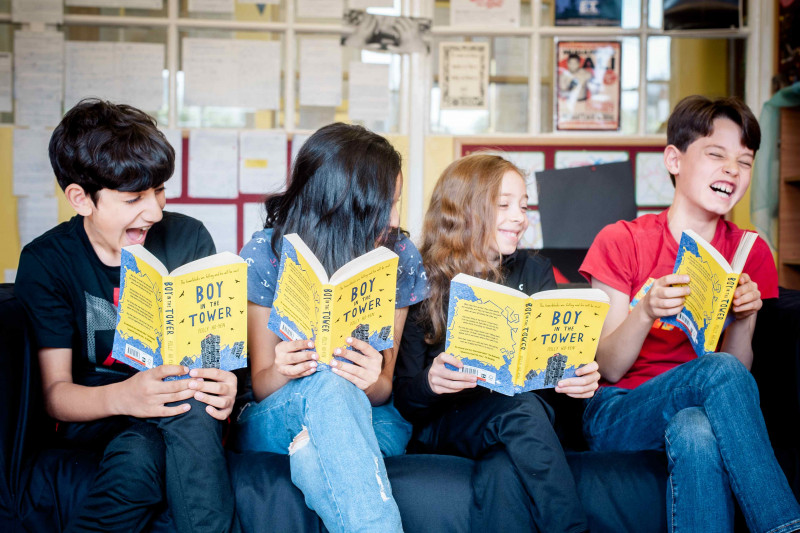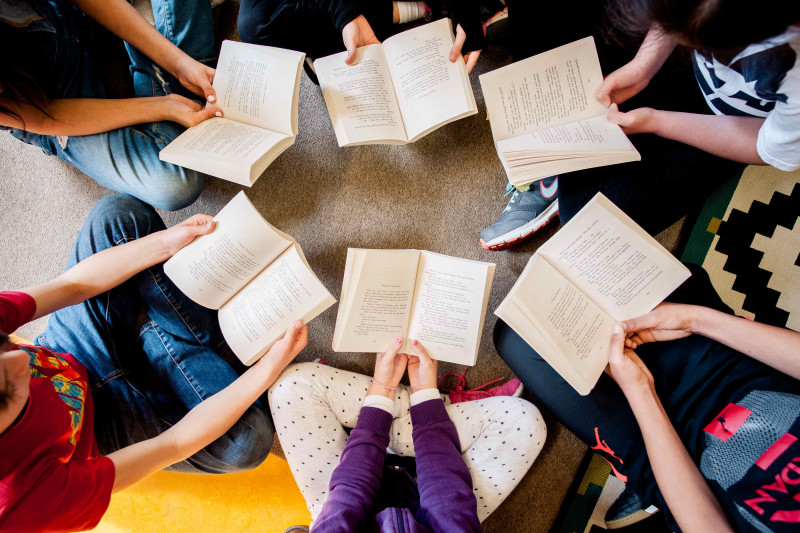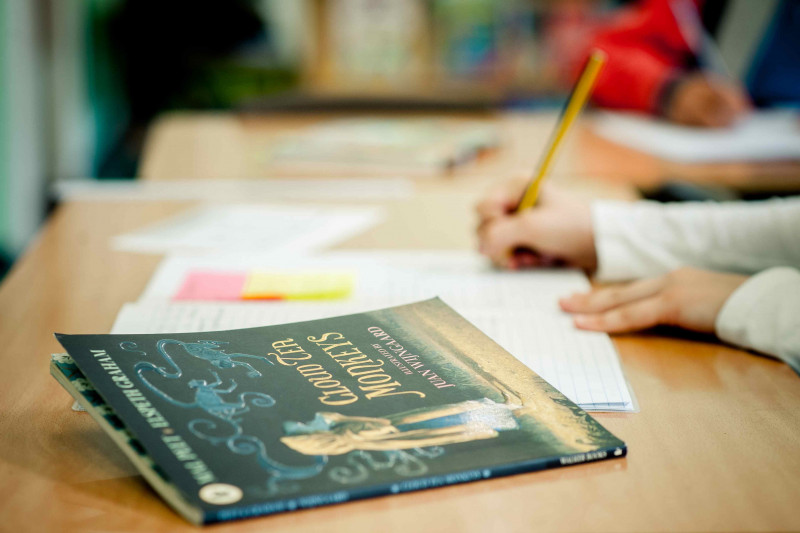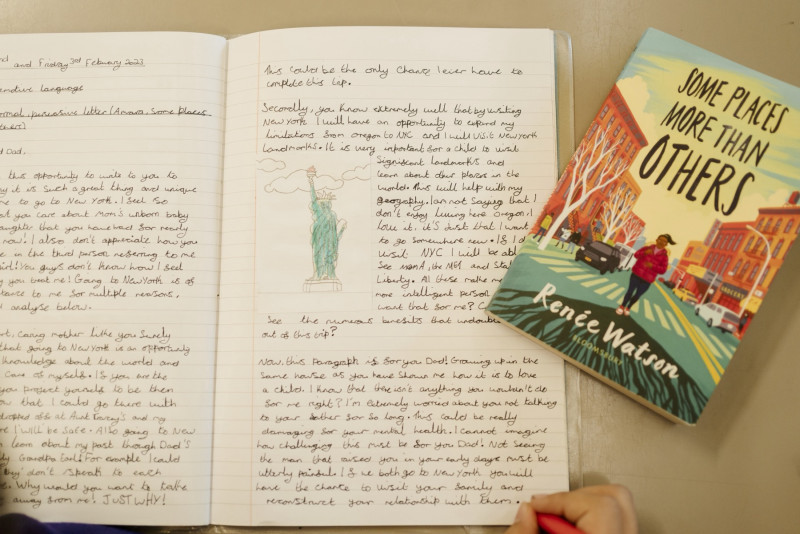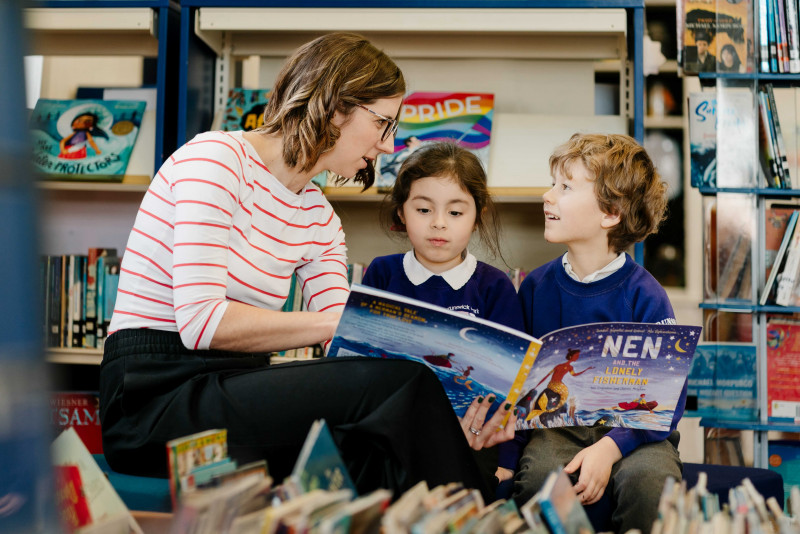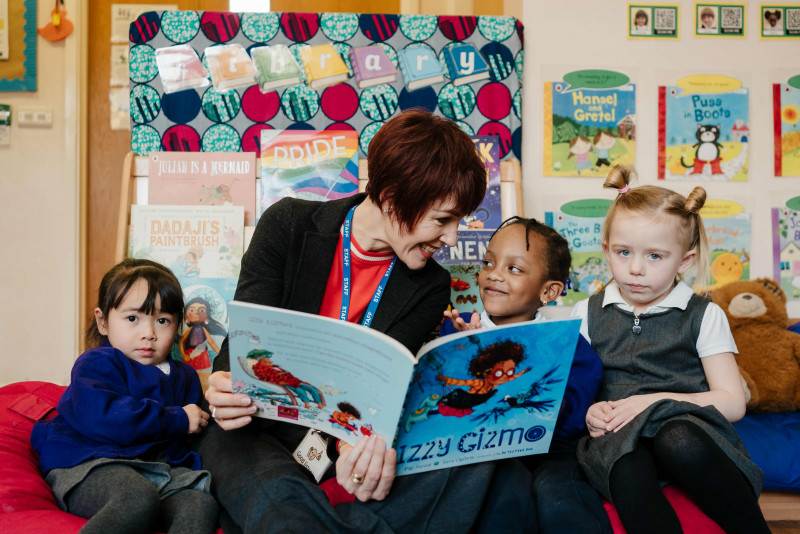Written byJen Sutherland
Consultant
See More
At Literacy Tree, we believe that it’s crucial for children to encounter a wide range of lives, experiences and cultures through the texts that they read. Diversity to us doesn’t mean ticking a box. It means telling children that people who look like them, who share a similar culture or background and who have lived through similar experiences are seen, heard and valued in our society. It means developing an understanding of lives and experiences that are different to one’s own in order to relate to and empathise with these. It means educating children about the world beyond their doorstep so that they can build meaningful connections with people from all walks of life throughout childhood and beyond.
Ensuring children engage with diverse lives, experiences and cultures is always at the forefront of our minds when selecting new books to write resources for and when putting together our curriculum maps. The great strides made in the diversity of representation in children’s books make this an exciting task that we approach with real care and scrutiny. We know just how powerful it can be to share a book with children that reflects aspects of their life or that opens their eyes to lives unlike their own. However, we believe that choosing and using the ‘right’ texts is just a starting point for developing an understanding of the vibrant and diverse society we live in. In this blog, we explore some additional considerations that we believe are important for anyone teaching or leading English in a primary school to consider.
Embed diversity within the English curriculum
We believe that representations of our diverse society should be embedded in and weaved through an English curriculum throughout a child’s time in primary school rather than ‘chunked’ at certain times of the year. Grouping together texts that represent a certain aspect of diversity can communicate the idea that there is a ‘normal’ type of person and life in society and that anyone who doesn’t reflect this is classed as ‘different’ and ‘other’ and therefore needs to go into their own category. This doesn’t provide children with an accurate reflection of the rich tapestry of lives that make up society and emphasises differences rather than similarities and gaps rather than connections.
Instead, we choose to organise our curriculum maps through the lens of significant literary themes such as Bravery vs. Fear, Hope & Healing and Utopia vs Dystopia. Through this approach, children can explore how a particular theme can be prominent across a range of texts which may, on the surface, appear to be quite different. For example, through the theme of Overcoming Adversity, children may encounter a young girl working on a tea plantation struggling with her mother’s illness, a family terrified of a dog that lurks outside their home and a merman forbidden by his father to be with his true love. Children can then be supported to explore connections between characters, contexts and settings in relation to this theme, supporting them to look beyond the surface. The fact that one text features a main character who is Asian and that one text features a same-sex couple can be woven into the conversation where relevant, but this does not necessarily need to be the focus.
Choose varied texts that emphasise authentically unique lives
Learning about a range of lives, experiences and cultures means understanding that while individuals or families across texts may share a certain characteristic, this does not necessarily mean that there will be similarities in other aspects of their lives. For example, two characters in two separate texts may both be adopted, but their lives may be very different beyond this similarity. They may have a harmonious or challenging family life; they may have one parent or two parents; they may live in the rural countryside or in the middle of a city. If we want to avoid children developing a simplistic or two-dimensional view of aspects of diversity, it’s crucial that the texts we share represent just how varied lives and experiences can be. We deliberately choose a wide range of texts that capture just this. For example, High Rise Mystery by Sharna Jackson, Me, My Dad and the End of the Rainbow by Benjamin Dean and The Lizzie and Belle Mysteries by J.T Williams all feature Black British protagonists and families that are all unique in terms of their lives and experiences.
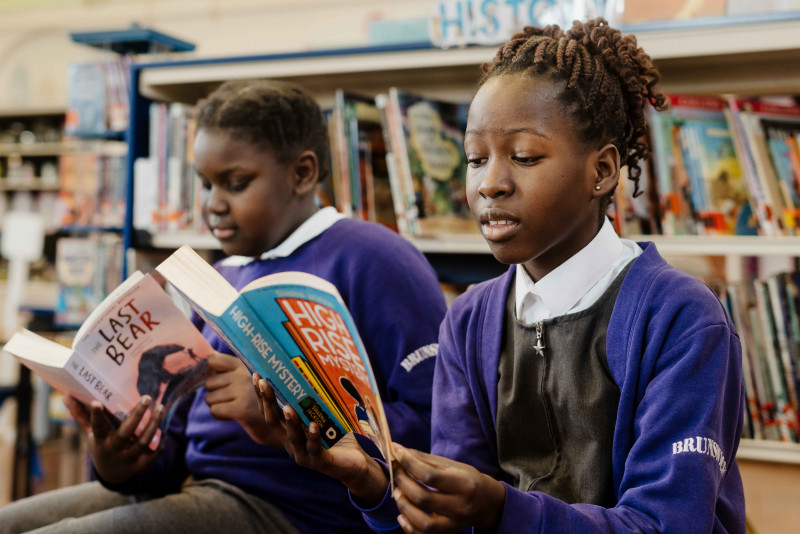
Explore extraordinary lives and everyday lives
The variety of books celebrating the achievements of a wide range of people across our society has been a fantastic and necessary development in children’s publishing. Brilliant books like Bright Stars of Black British History by J.T Williams, I Am Not a Label by Cerrie Burnell and Rainbow Revolutionaries by Sarah Prager communicate to children that people who look like them and/or who share similar experiences and backgrounds can achieve extraordinary things. At Literacy Tree, we believe such books are incredibly powerful for inspiring young people to think big, to aspire and to persevere at their ambitions.
However, it’s also important to simultaneously communicate to children that they don’t need to do anything extraordinary to be valued in society; they are brilliant just as they are. To do this, alongside tales of amazing achievements, we need to share books of everyday lives where people are valued in society for just being themselves. We make our book selections and structure our curriculums carefully to reflect this balance of the extraordinary and the everyday; for example, while Pride by Rob Sanders captures the incredible achievements of LGBTQIA+ activist Harvey Milk, books such as The Last Firefox by Lee Newbury and Two Weeks with the Queen by Morris Gleitzman feature LGBTQIA+ characters living more ‘ordinary’ lives.
This is the first of a series of blog posts focused around how we can think more deeply about diversity in children’s literature. In future posts, we plan to explore the importance of engaging children with a diverse range of life experiences through the texts that they read and to discuss how to we can use texts to explore and interrogate structures of power and privilege in a way that is accessible for primary-aged children.
Posted in: Curriculum | Book Choice
